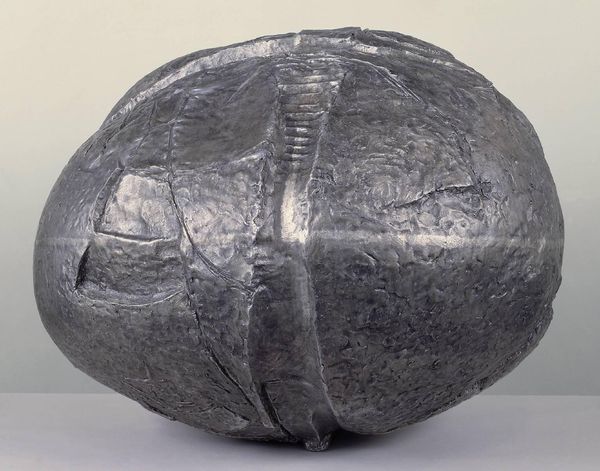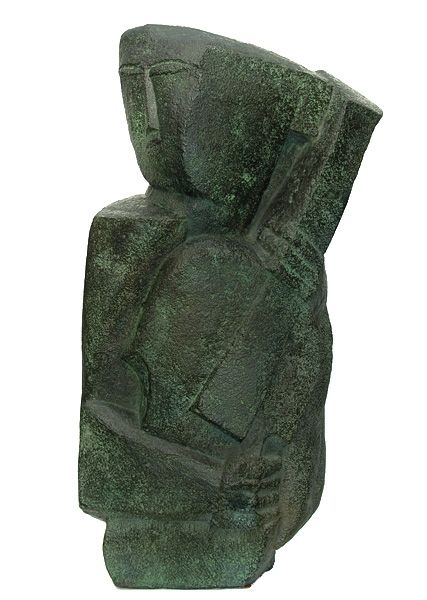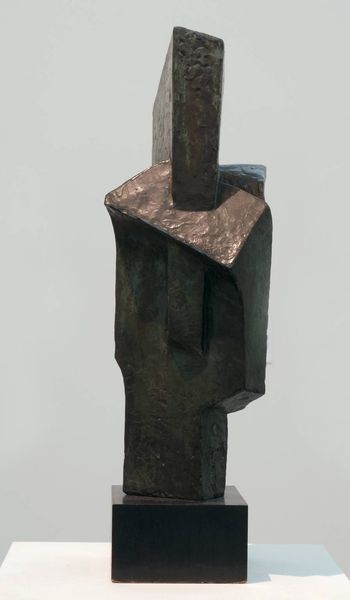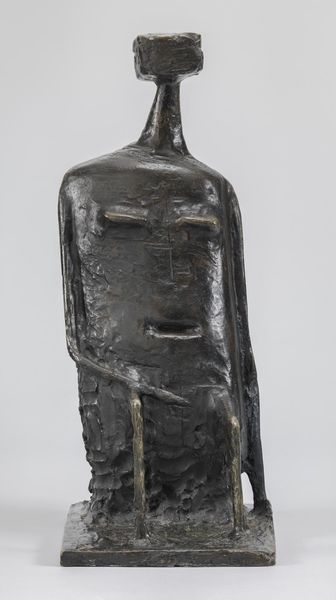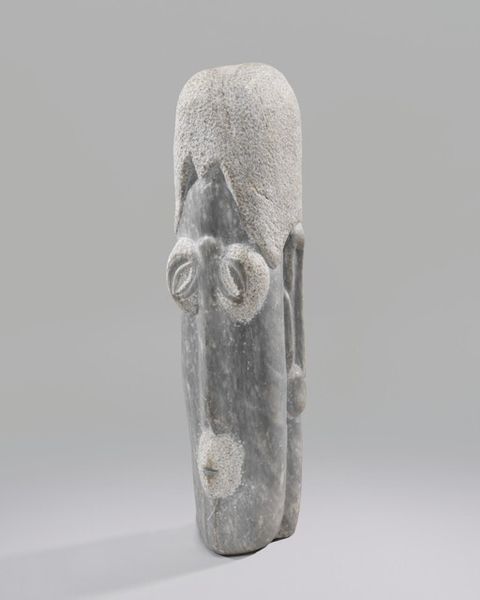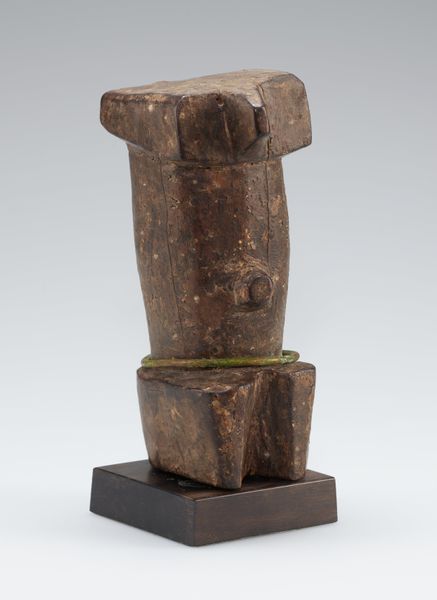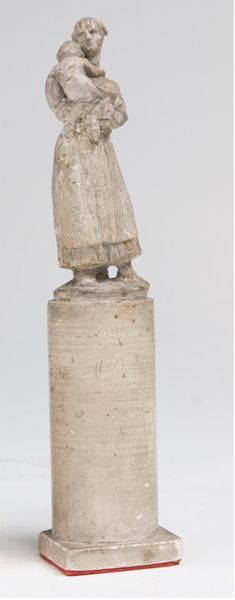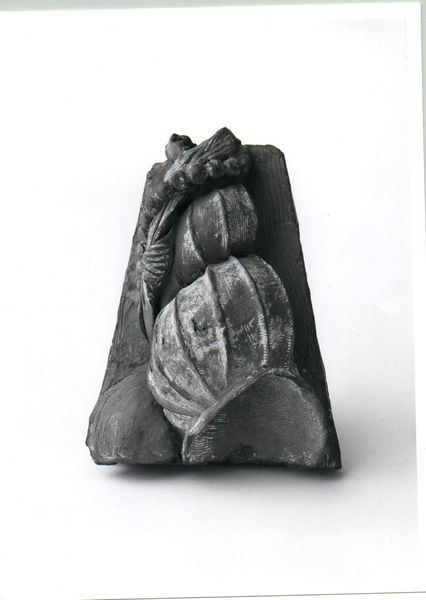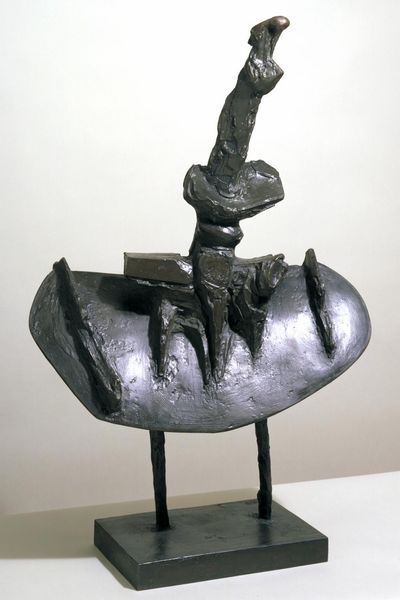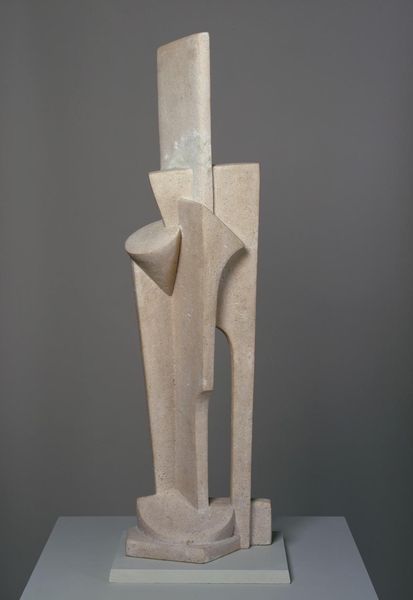
Dimensions: object: 765 x 510 x 340 mm
Copyright: © The estate of Hubert Dalwood | CC-BY-NC-ND 4.0 DEED, Photo: Tate
Editor: This is Hubert Dalwood's sculpture, "O.A.S. Assassins," from about the mid-20th century. The materials give it a solemn, almost brutal feel. What do you see in this piece in terms of its historical context? Curator: Dalwood's piece demands we consider the socio-political turmoil of its time. The O.A.S. was a French paramilitary group, so how does this sculpture engage with the politics of imagery surrounding colonialism and violence? Editor: It's interesting how the sculpture seems to both memorialize and critique the subject. I hadn't thought about the artist's potential commentary on colonialism. Curator: Exactly! The public role of art, especially sculpture, is to provoke such dialogue. This discussion has certainly given me a new perspective on Dalwood's work.
Comments
Join the conversation
Join millions of artists and users on Artera today and experience the ultimate creative platform.
tate 6 months ago
⋮
The title refers to the Organisation de l’Armée Secrète, a right-wing group in France opposed to Algerian independence. Dalwood visited Paris in January 1962, when this group seemed about to start a civil war: the ‘RF’ on the crest stands for République Française. The OAS was the inspiration of the famous novel The Day of the Jackal, about the attempted assassination of President de Gaulle. While apparently light-hearted, the sculpture also alludes to the posturing of right-wing extremists. Gallery label, September 2016

